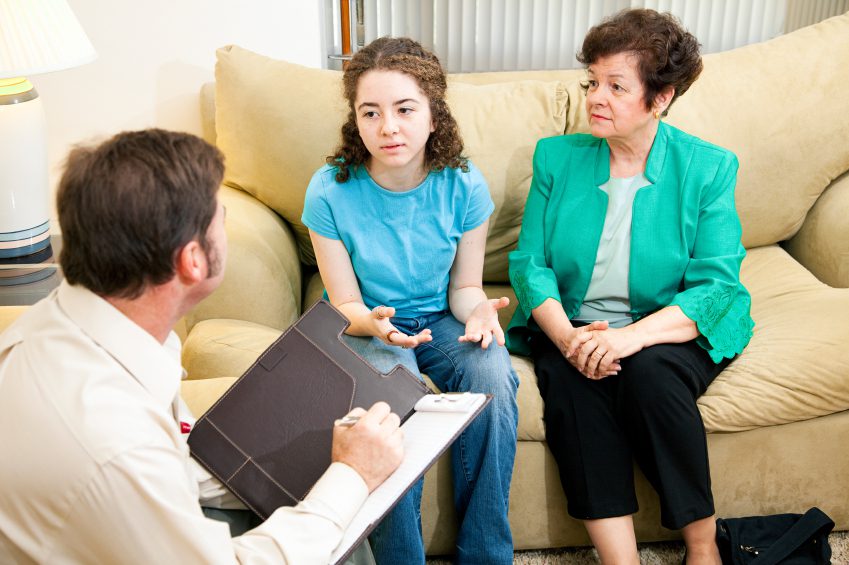Articles containing: cognitive behavioral therapy
Cognitive Behavior Therapy (CBT): A Closer Look
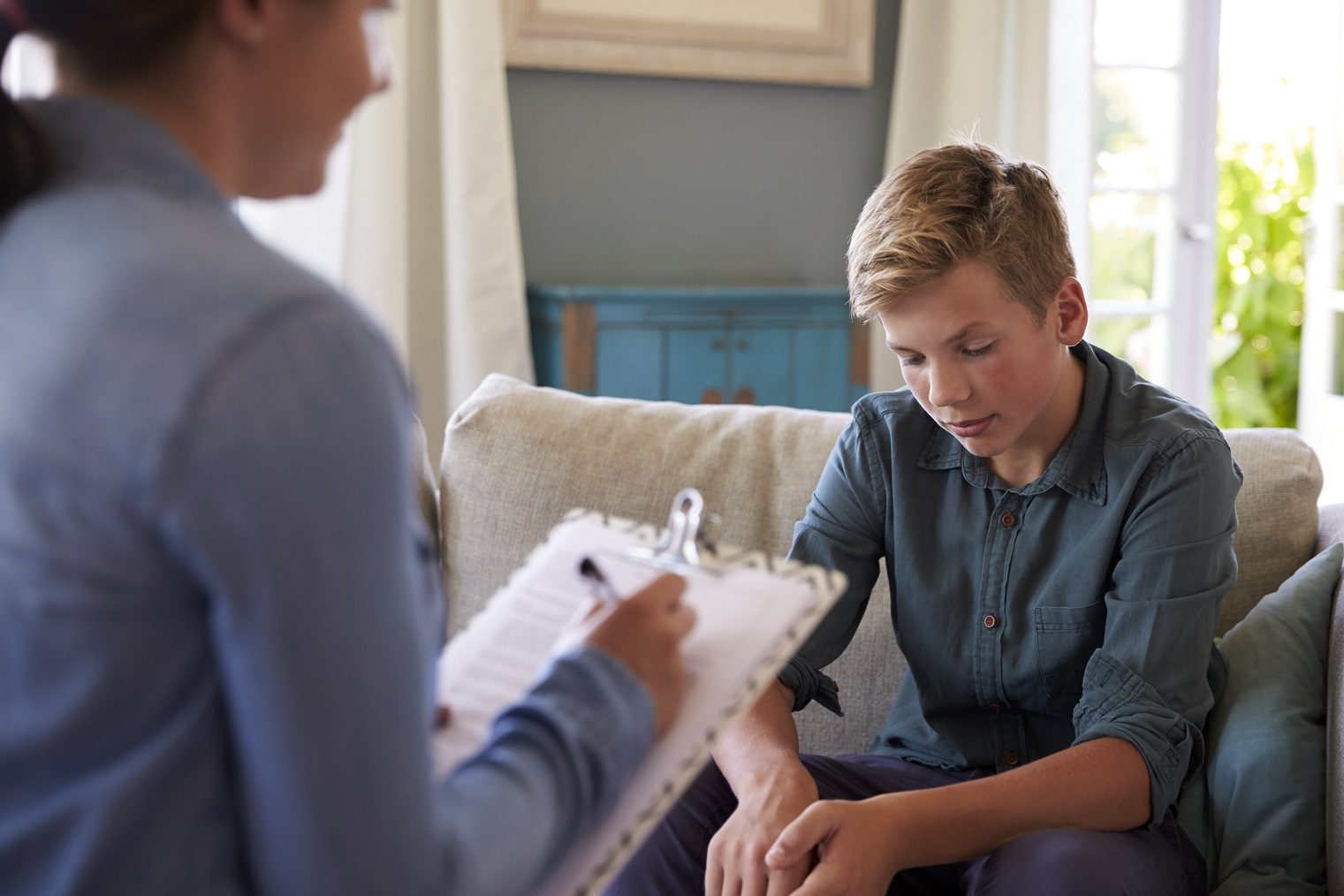
Listen to our podcast episode on Cognitive Behavior Therapy, featuring Susan Sprich, PhD.
Jenny was a 15-year-old high school sophomore who had suffered from depression for six months. Her pediatrician referred her to a psychiatrist, who prescribed Prozac for her depressive symptoms.
Trastorno de Ansiedad Generalizada

Joyce de diez años siempre fue una niña un poco preocupada. Incluso a los dos años, ella parecía ansiosa devez en cuando, especialmente cuando su vida era un poco estresante.
Cognitive Behavioral Therapy, featuring Susan Sprich, PhD – Shrinking It Down
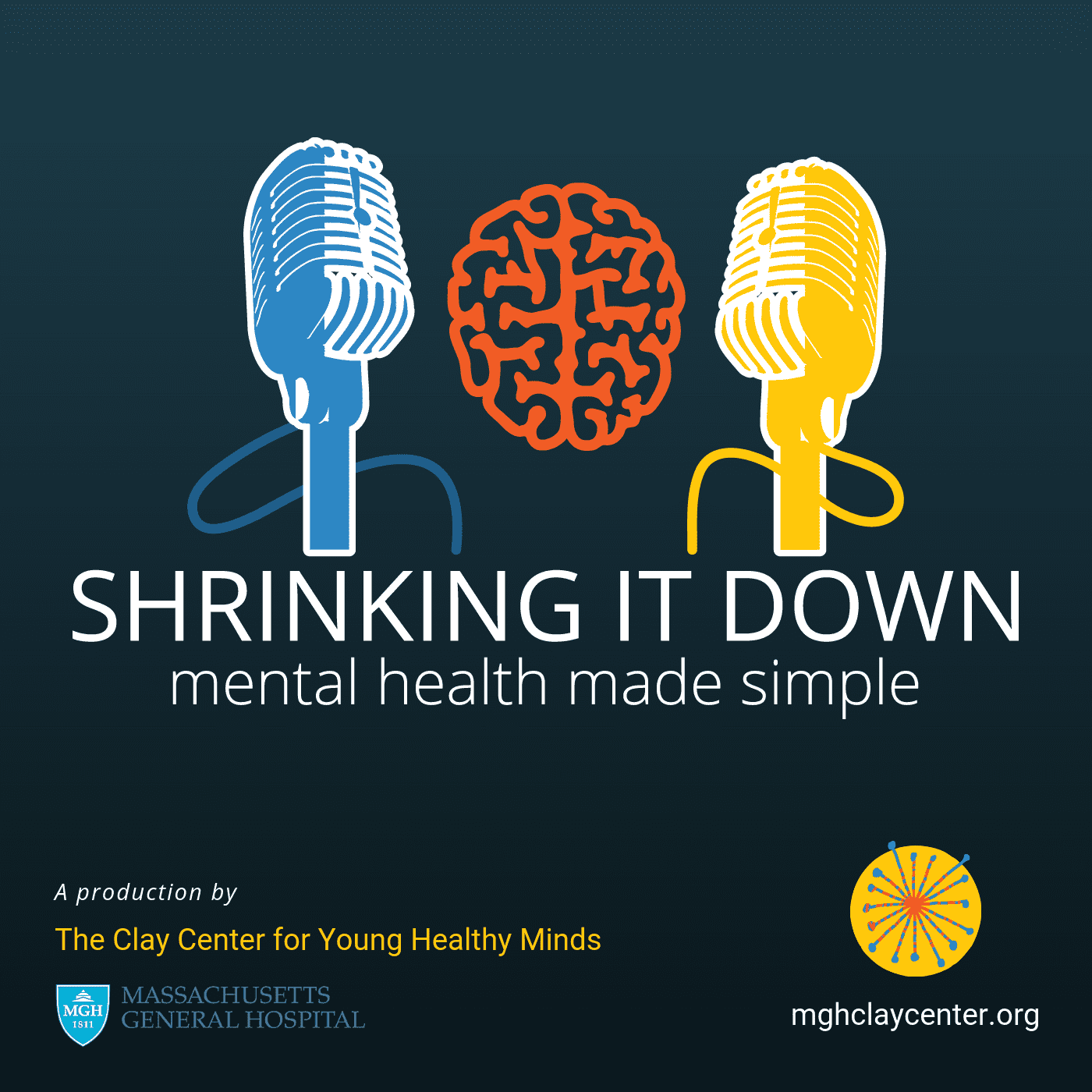
You can also subscribe to this podcast on iTunes, Spotify, Google Play, Stitcher, TuneIn, SoundCloud, and most podcast apps.
Generalized Anxiety Disorder: What To Know

What is Generalized Anxiety Disorder, and when should you be concerned about it in your child? Read more, below.
Este artículo está disponible en español.
Ten-year-old Joyce was always known as a bit of worrier.
When Survival is Not at Stake: Explaining the Mystery of Panic Disorder

Imagine you’re crossing a street and are almost hit by a massive Mack® truck.
You jump out of the way. Your heart is racing and pounding, you’re sweating, trembling, hyperventilating, and short of breath. You feel a pit in your stomach, nausea, choking, and tightness in your chest. Your fingers and toes are tingling.
Living in Fear of Criticism and Humiliation: The Problem of Social Anxiety Disorder
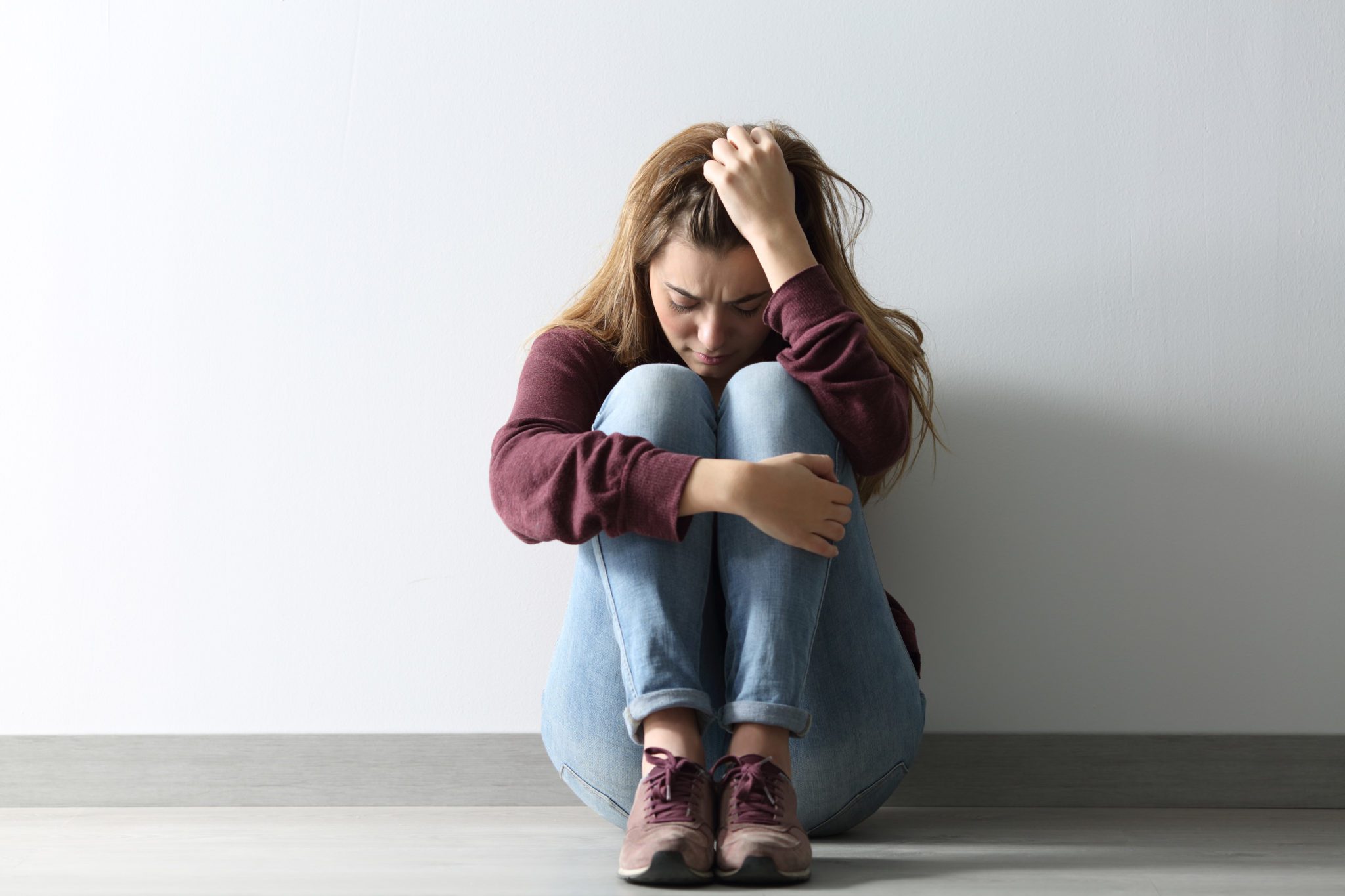
Most kids and young adults look forward to going back to school. But for those with social anxiety, school and all that comes with it can literally provoke dread.
I’m going to show you what I mean. Let’s consider Sally.
Sally is a sweet, sensitive, likeable 16-year-old girl.
What Is An Adjustment Disorder?
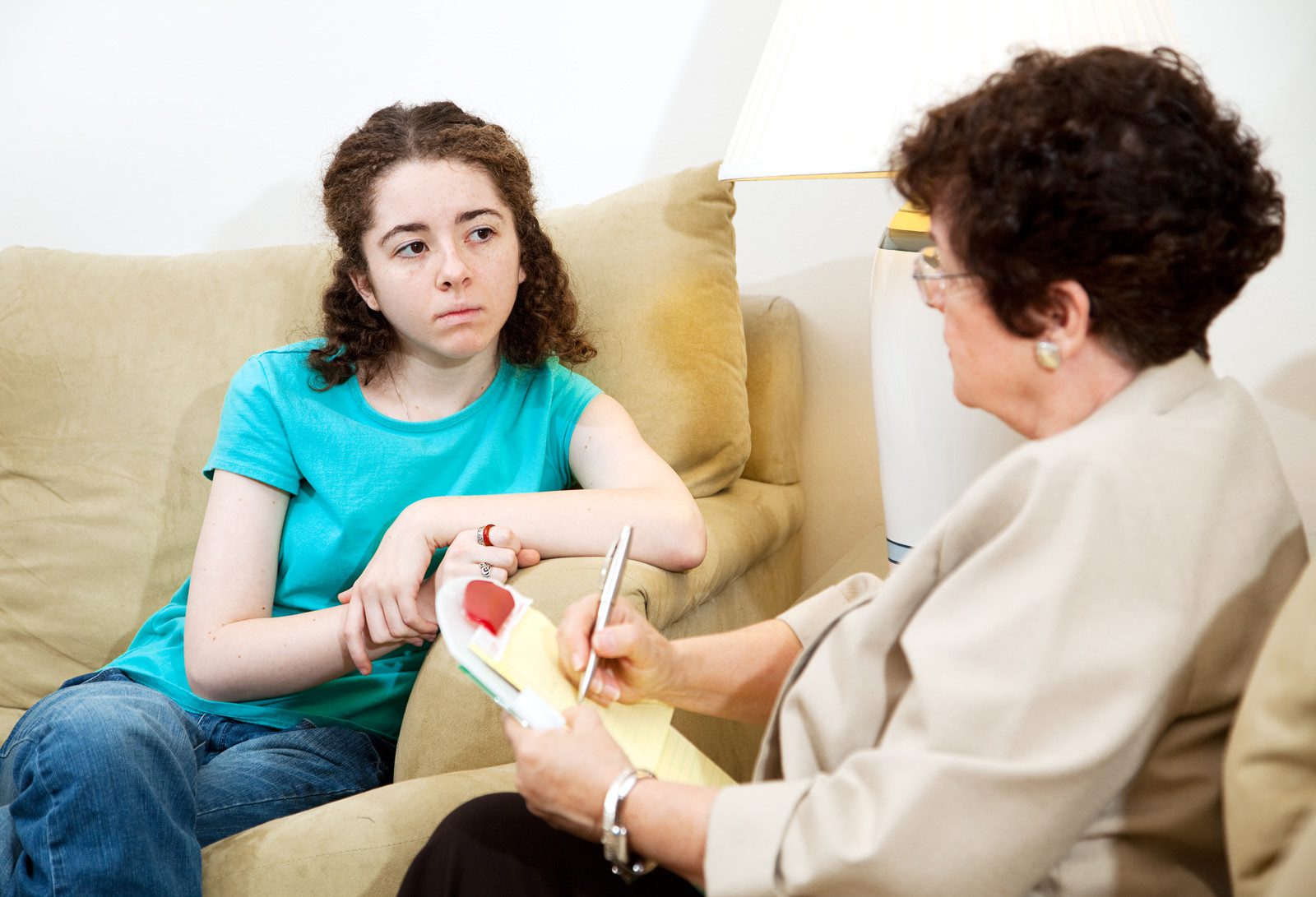
My friend Samantha called me in a panic. Her 8-year-old daughter, Lindsey, was struggling with the fact that her parents were getting divorced. There had been a lot of conflict in the marriage. Samantha’s ex-husband was an alcoholic and, though he was receiving treatment, he had been frequently unemployed.
A Closer Look at Separation Anxiety
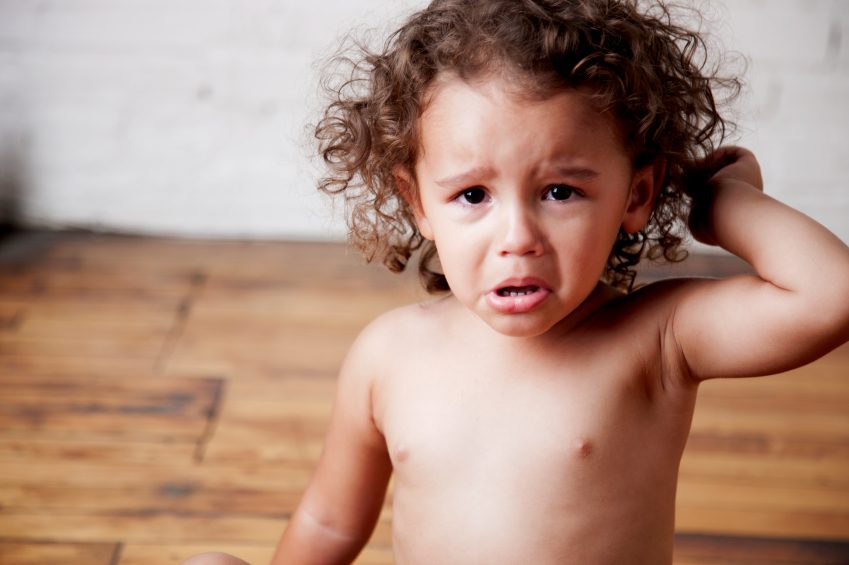
Sarah sits on the couch, clutching her stuffed bear. Her finger nails are visibly torn; they’ve been bleeding again.
Her mom, meanwhile, is calling into work again. She’ll have to explain for what feels like the zillionth time that she’ll be late. It’s not clear her boss will understand this awful situation much longer.


